-
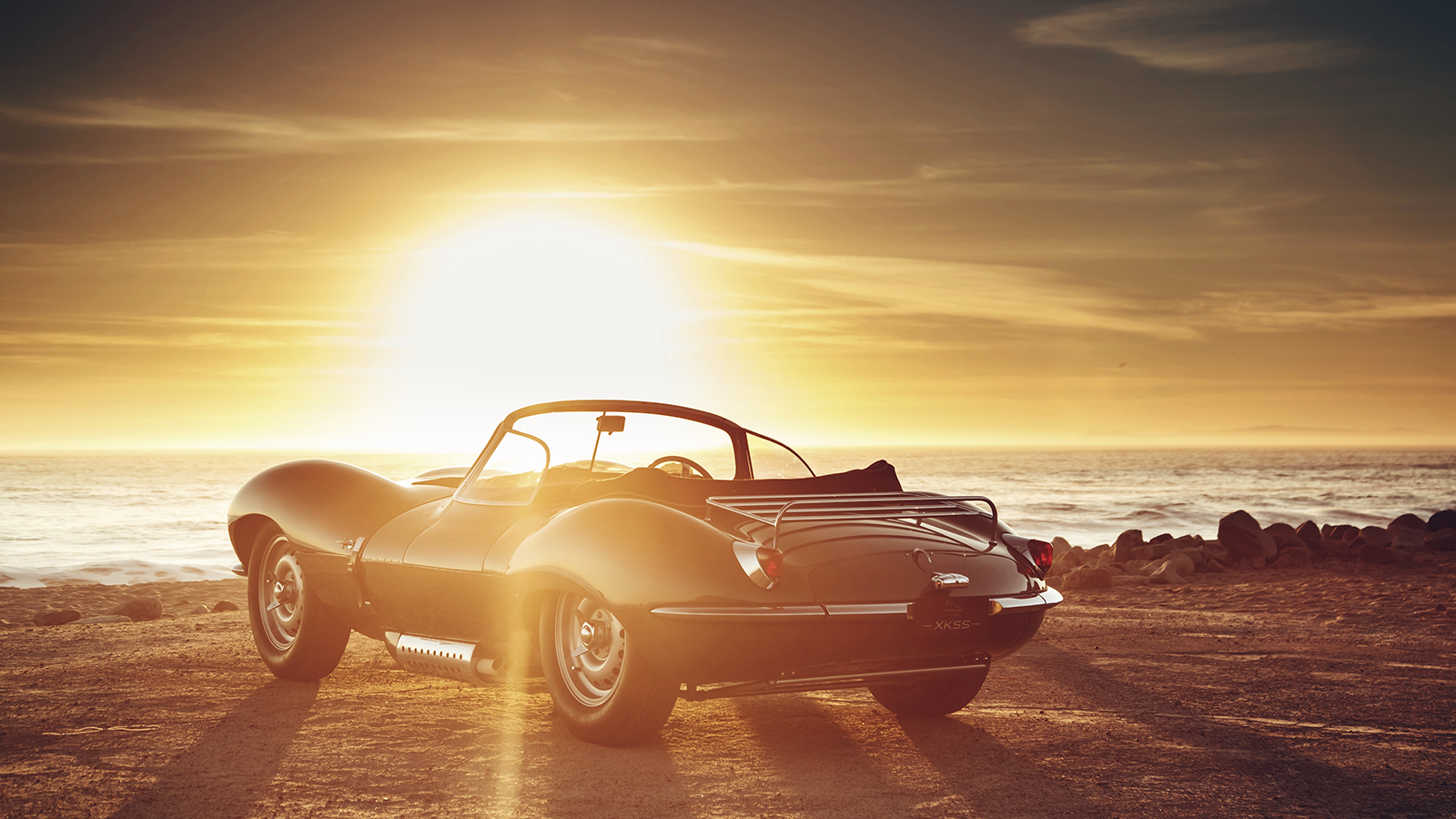 © Jaguar
© Jaguar -
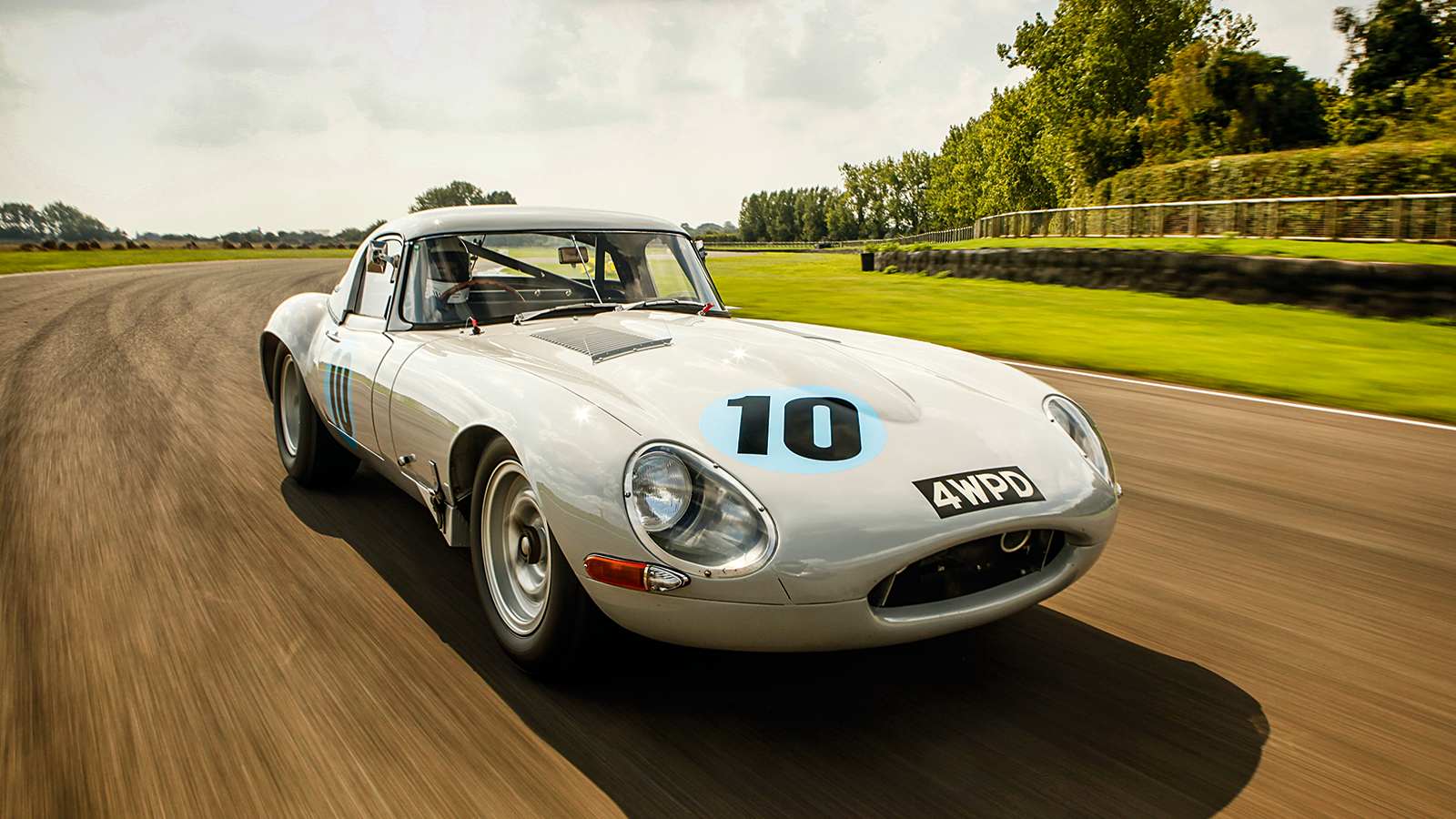 © Tony Baker/Classic & Sports Car
© Tony Baker/Classic & Sports Car -
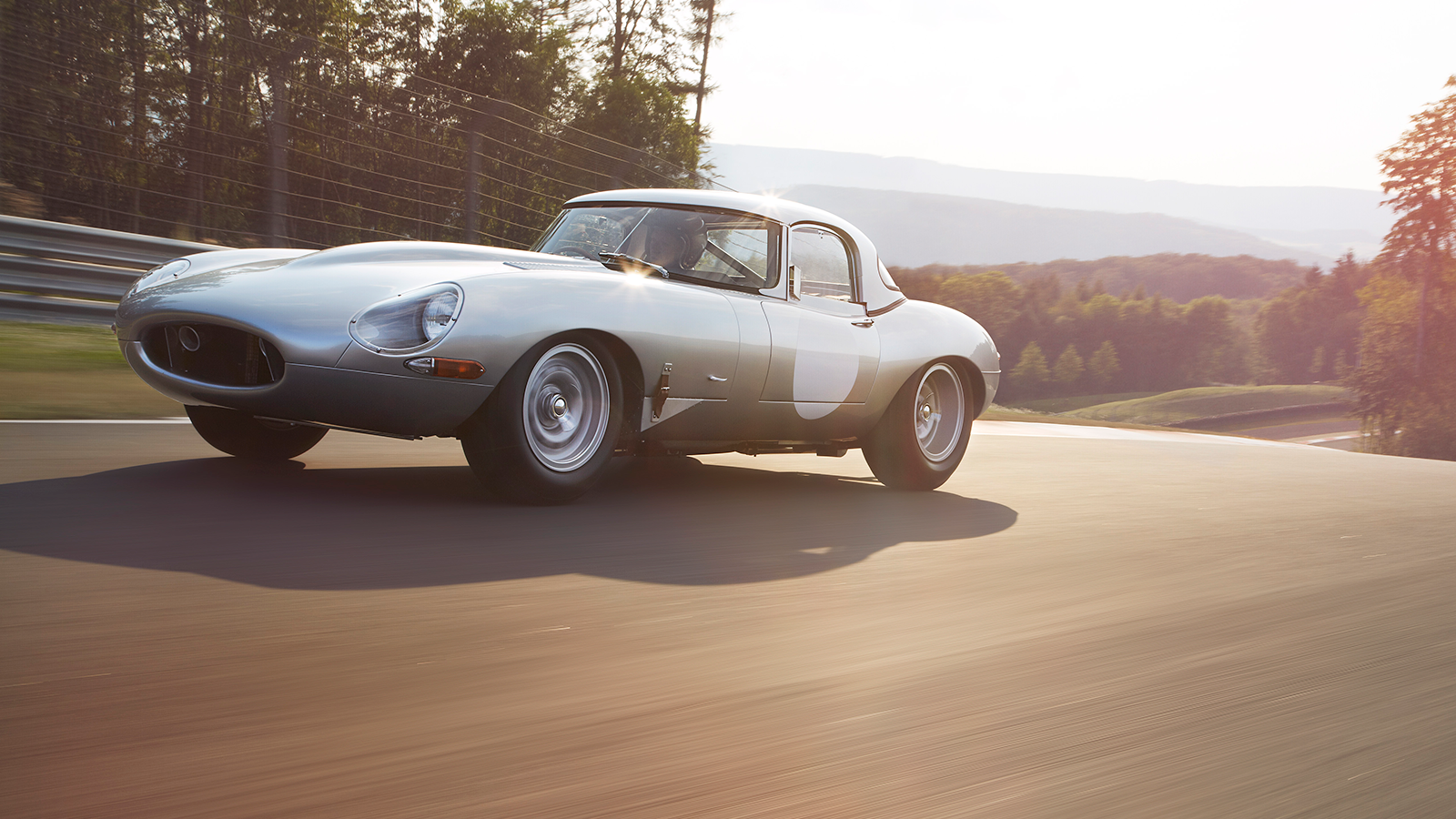 © Jaguar
© Jaguar -
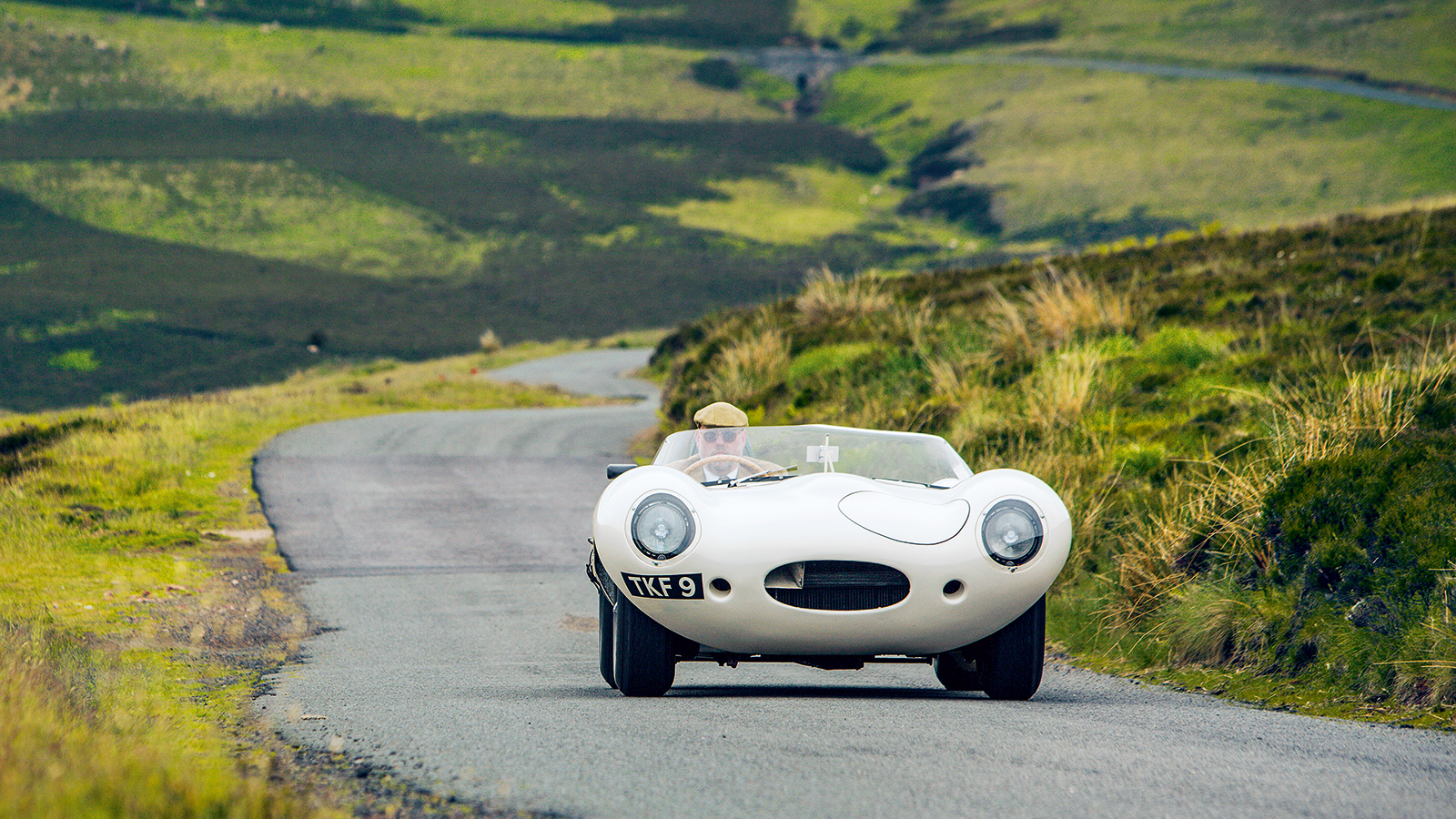 © Tony Baker/Classic & Sports Car
© Tony Baker/Classic & Sports Car -
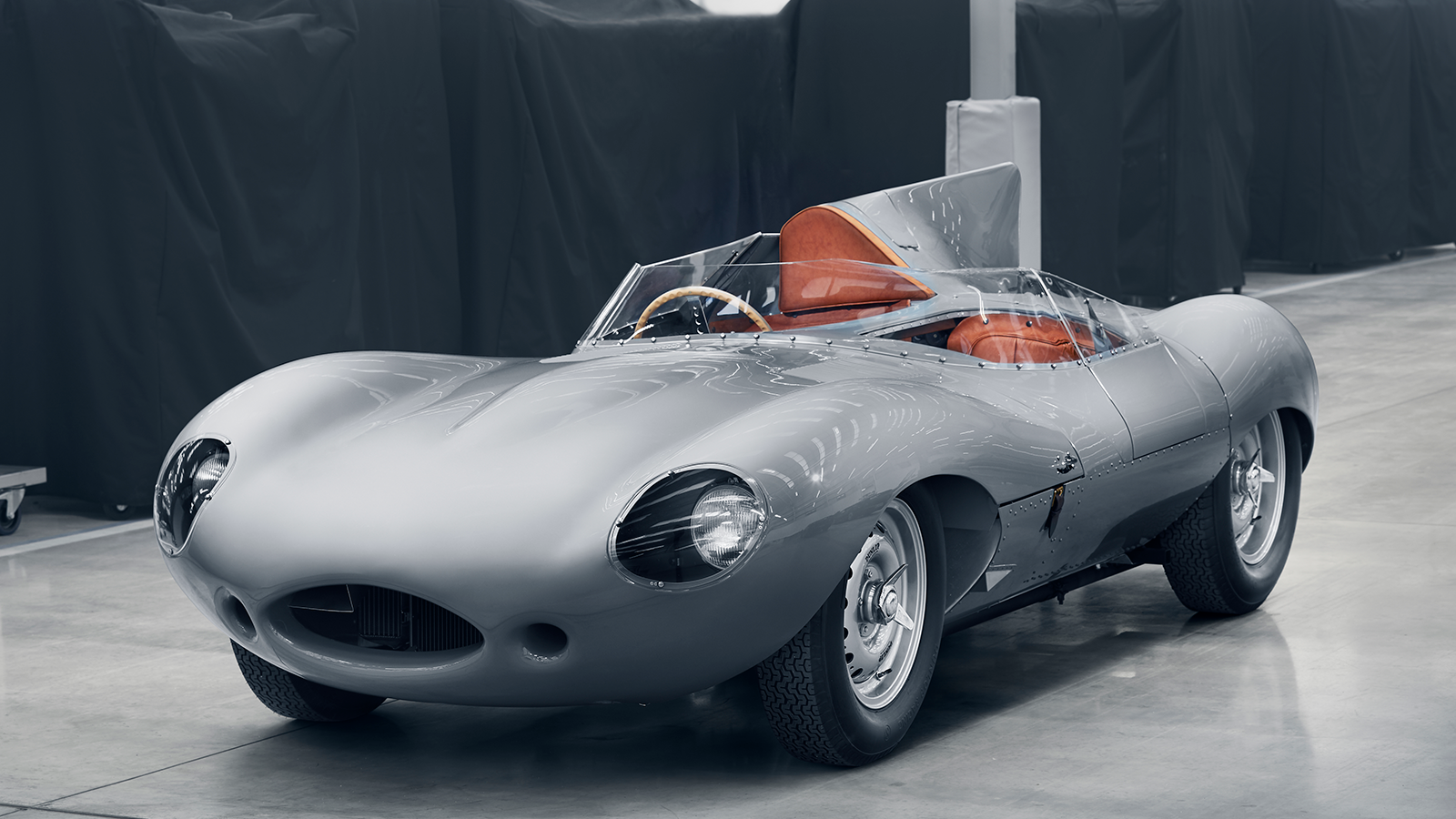 © Jaguar
© Jaguar -
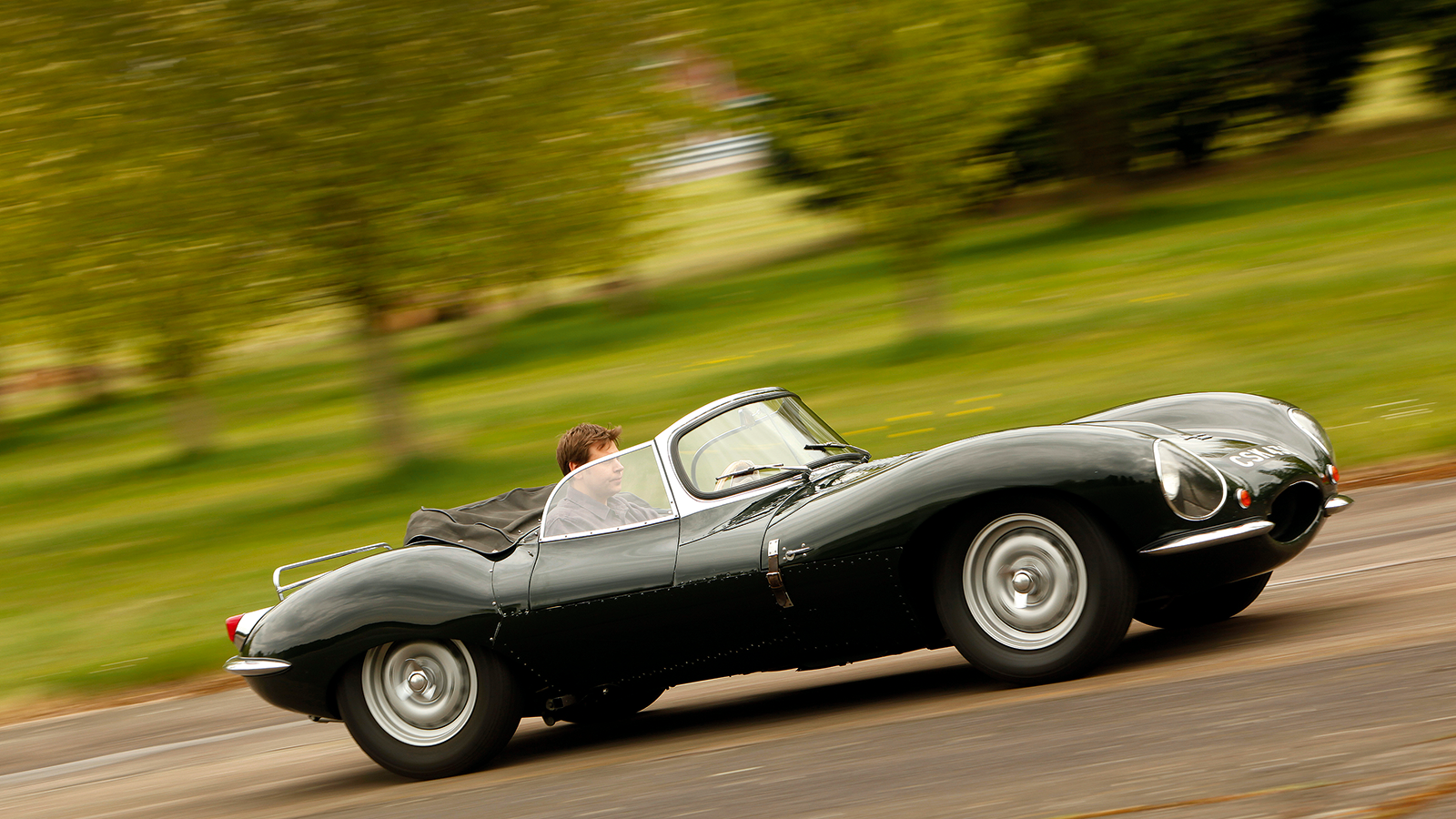 © Tony Baker/James Mann/Classic & Sports Car
© Tony Baker/James Mann/Classic & Sports Car -
 © Jaguar
© Jaguar -
 © Tony Baker/Classic & Sports Car
© Tony Baker/Classic & Sports Car -
 © Aston Martin
© Aston Martin -
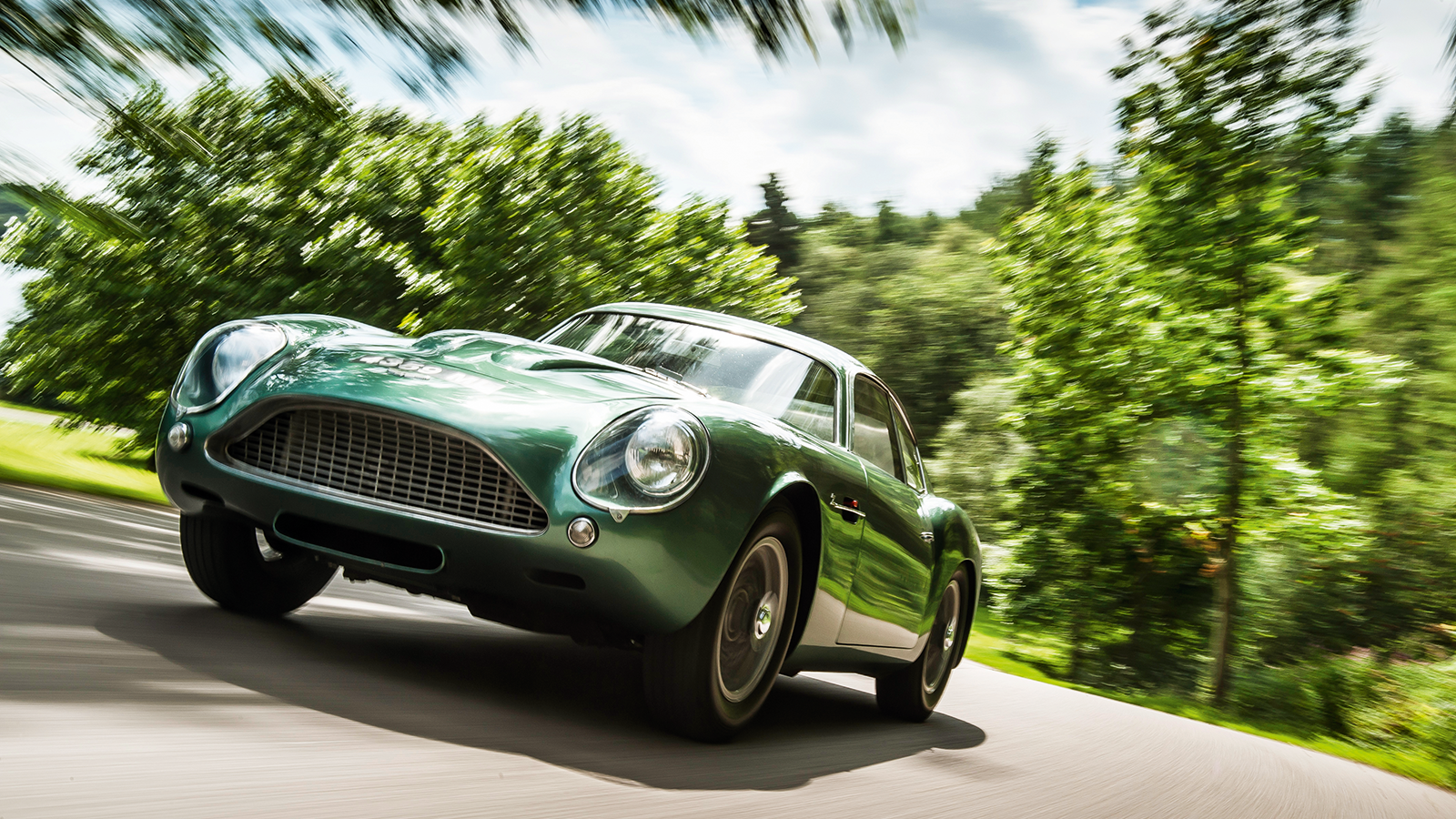 © James Lipman/Classic & Sports Car
© James Lipman/Classic & Sports Car -
 © Aston Martin
© Aston Martin -
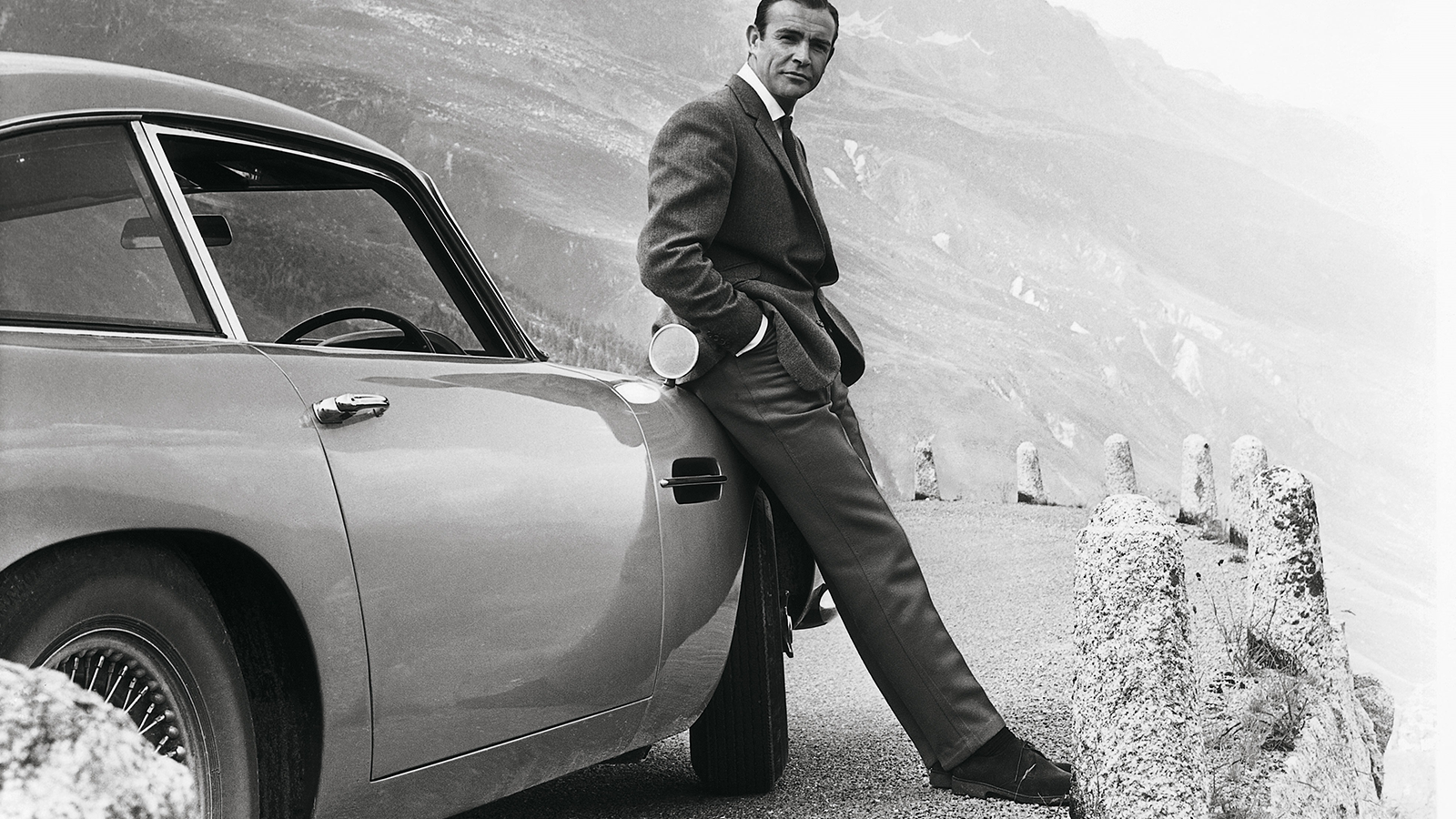 © Aston Martin
© Aston Martin -
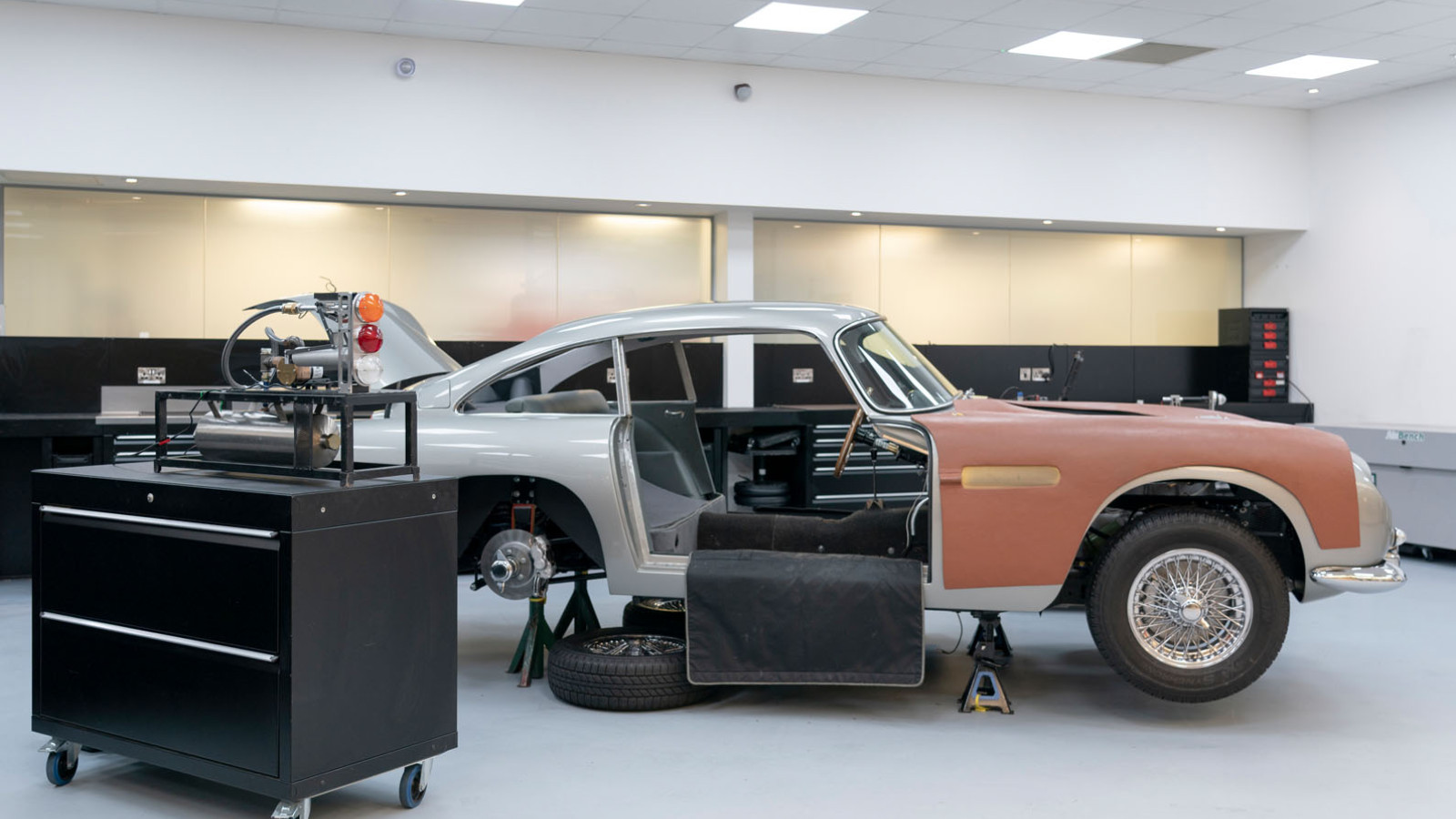 © Aston Martin
© Aston Martin -
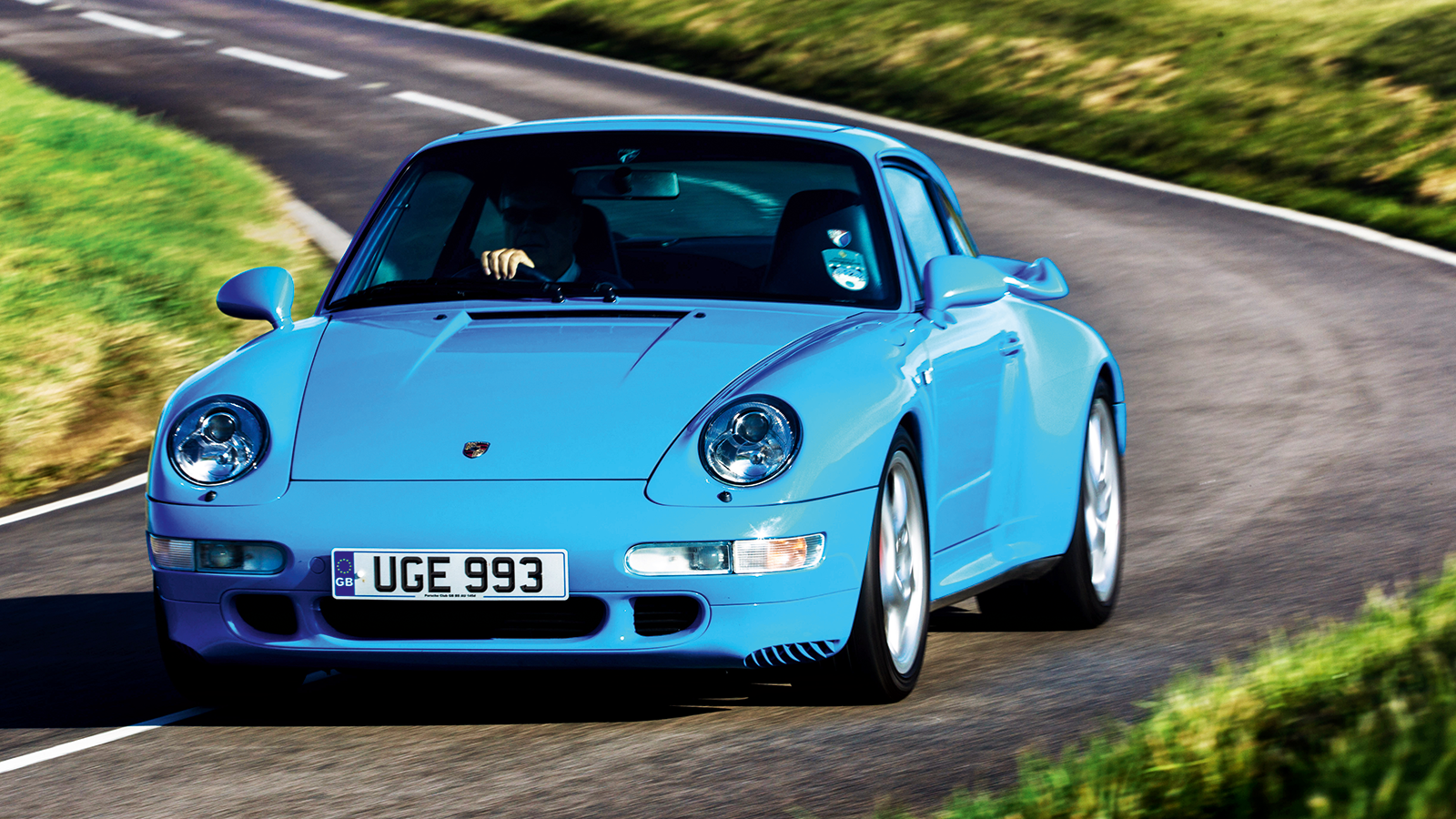 © Malcolm Griffiths/Classic & Sports Car
© Malcolm Griffiths/Classic & Sports Car -
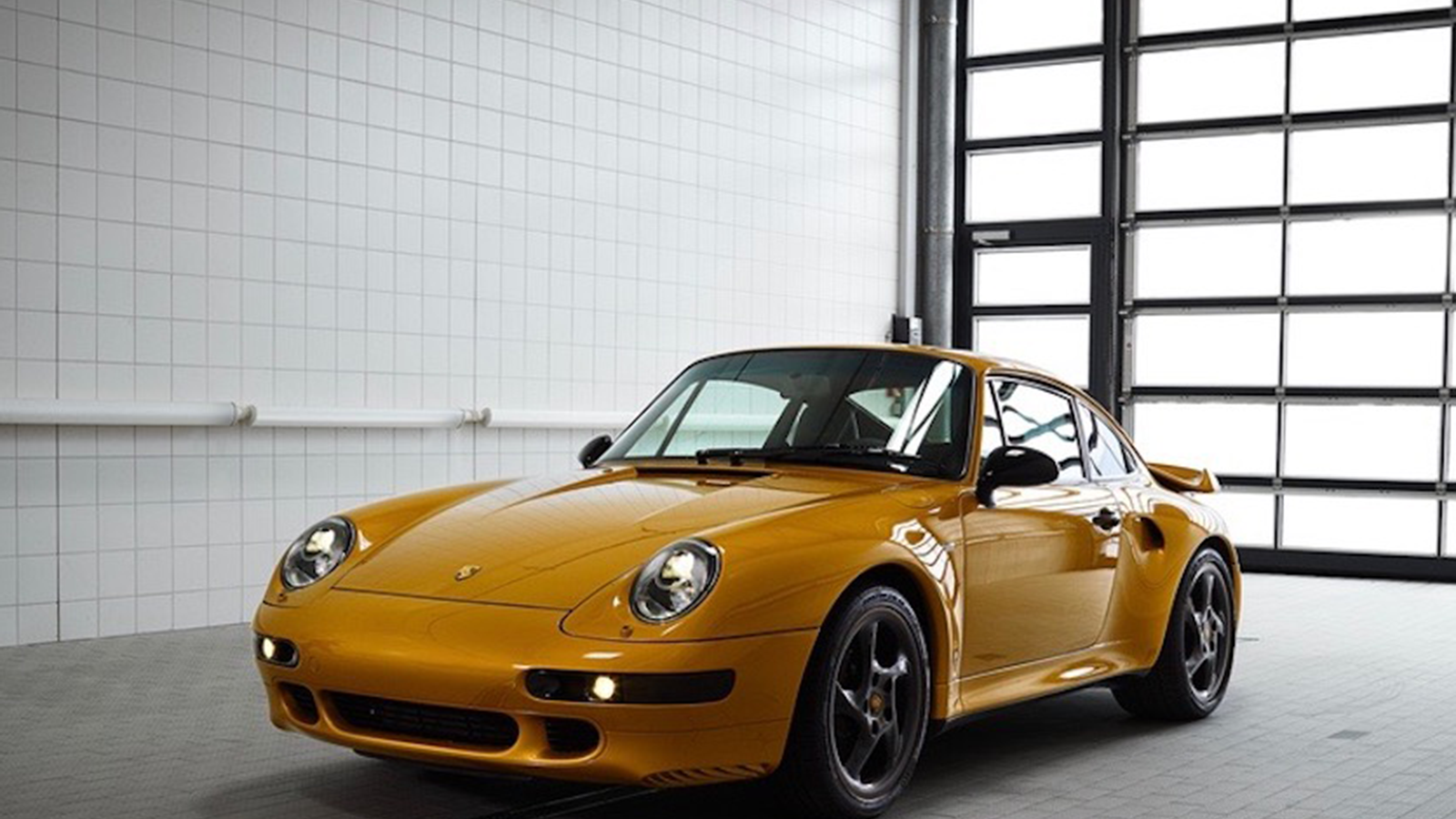 © Porsche
© Porsche -
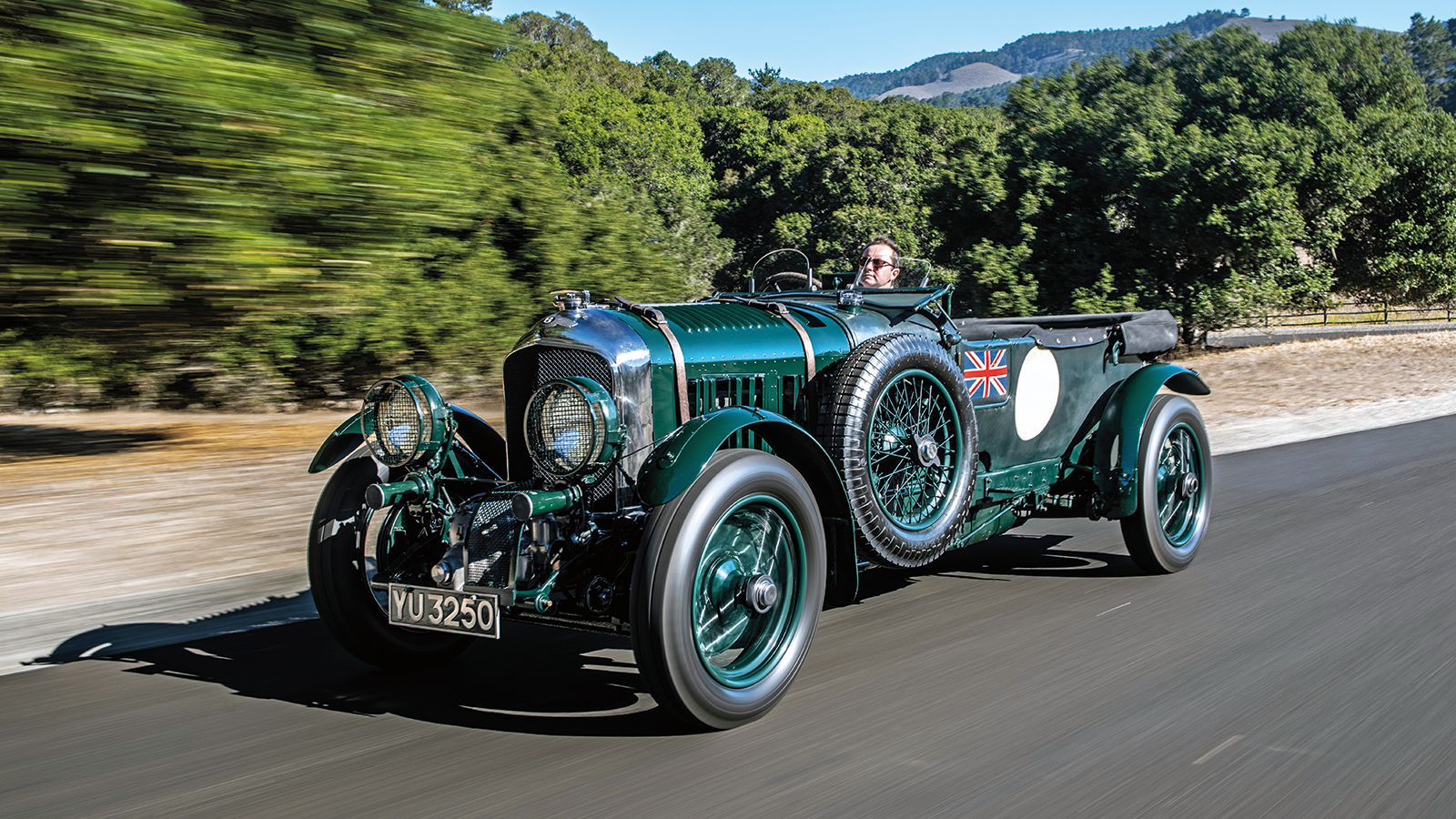 © Drew Phillips/Classic & Sports Car
© Drew Phillips/Classic & Sports Car -
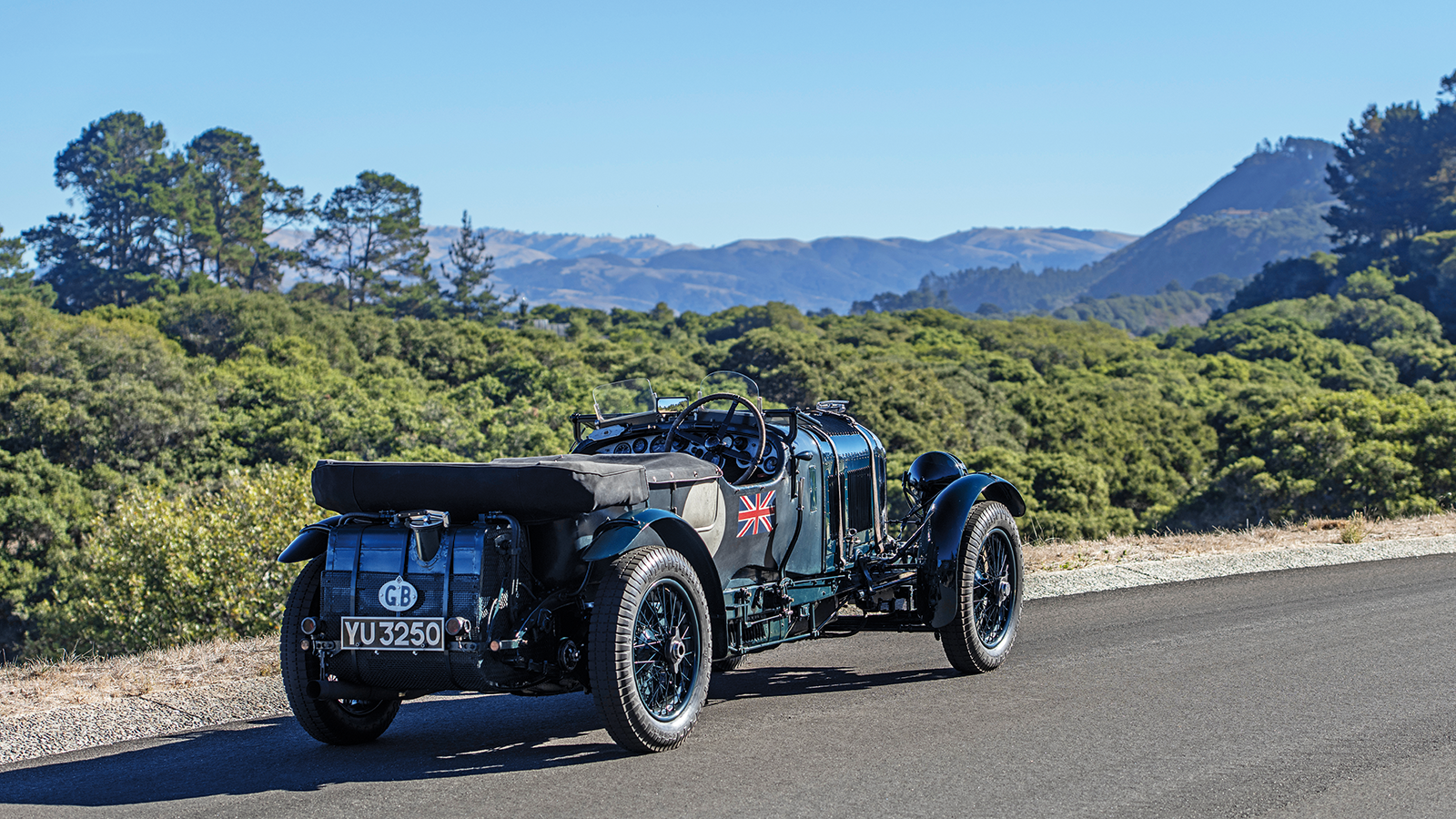 © Drew Phillips/Classic & Sports Car
© Drew Phillips/Classic & Sports Car -
 © Tony Baker/Classic & Sports Car
© Tony Baker/Classic & Sports Car -
 © The Alvis Car Company
© The Alvis Car Company -
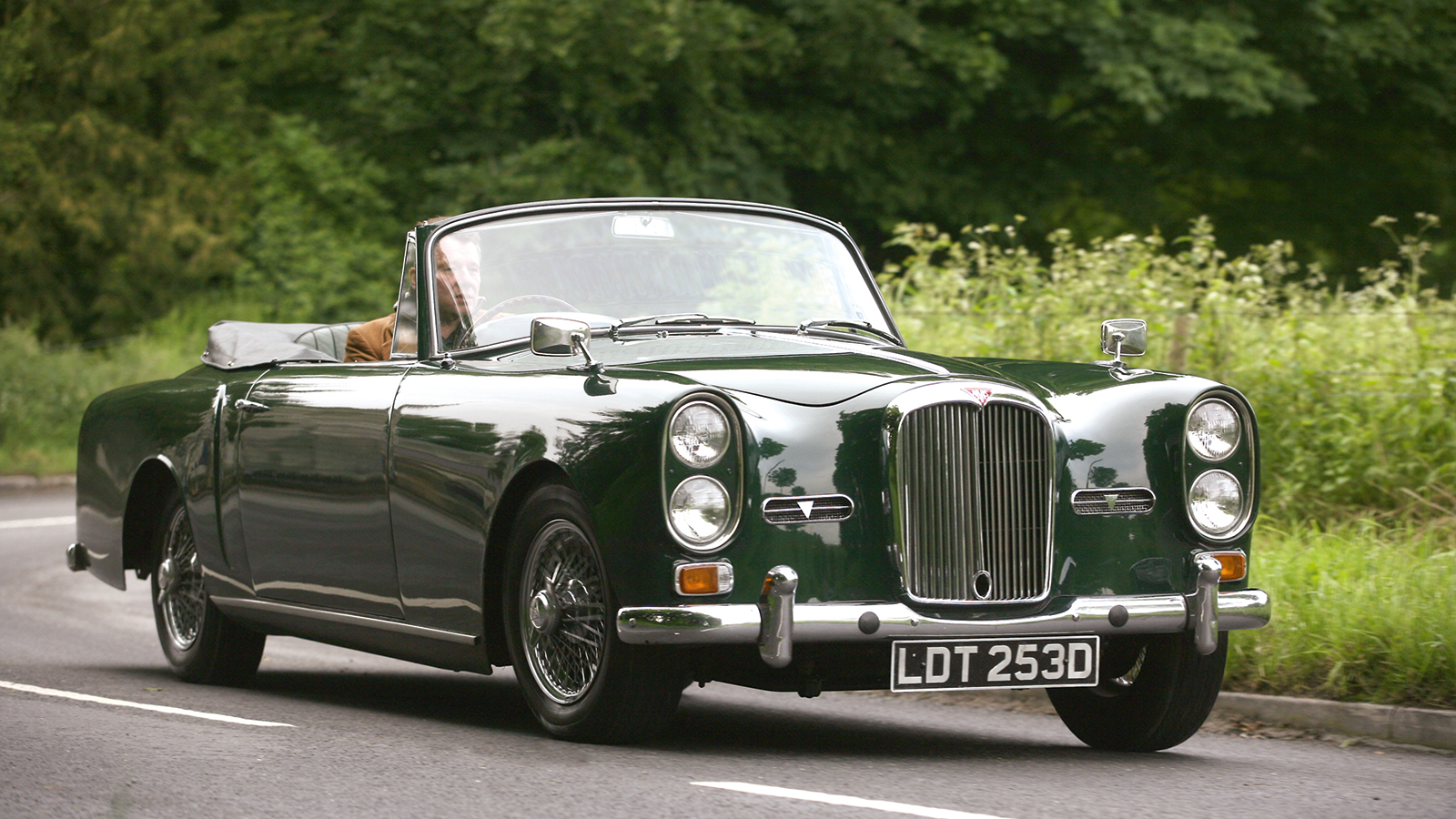 © James Mann/Classic & Sports Car
© James Mann/Classic & Sports Car -
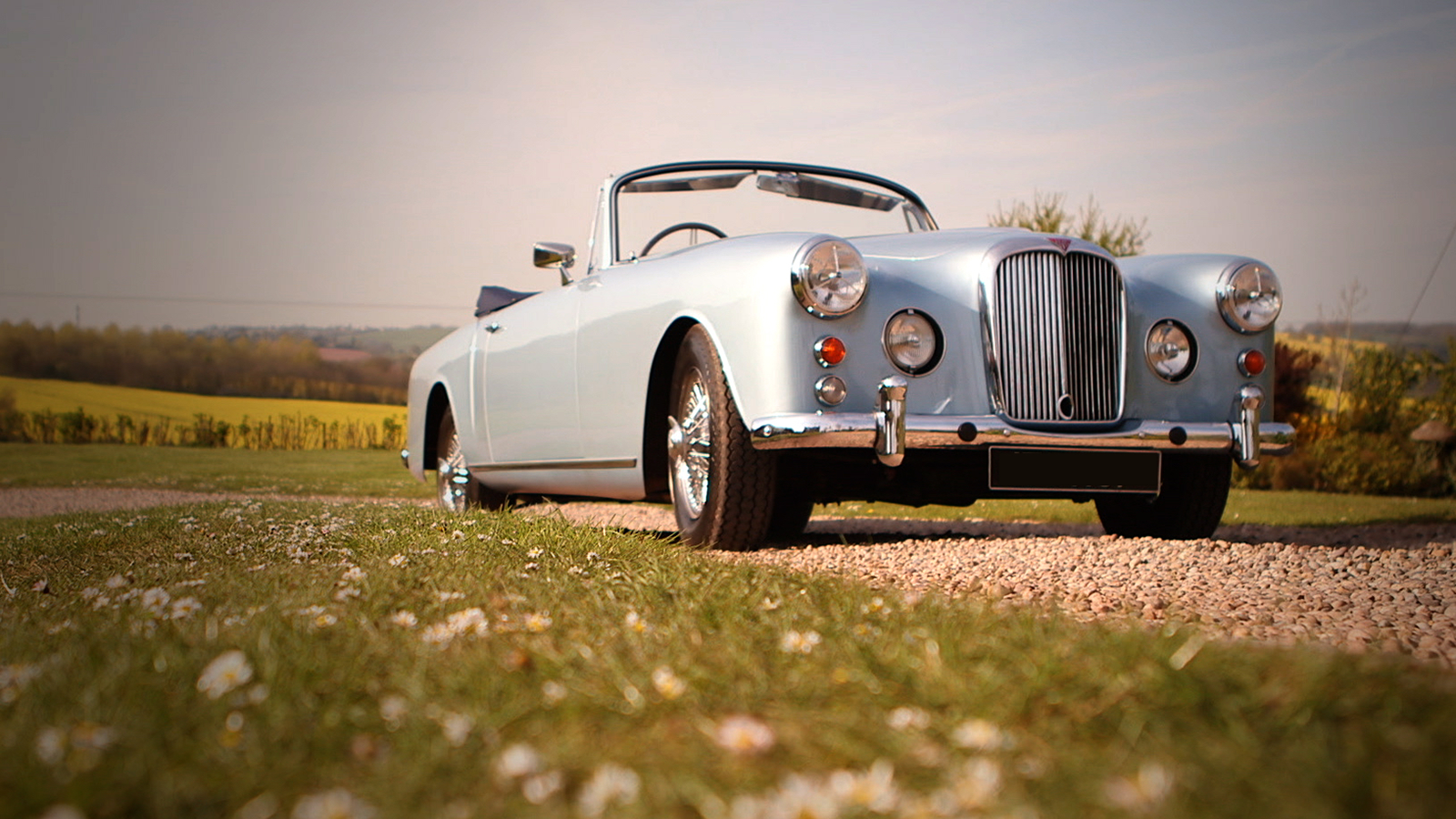 © The Alvis Car Company
© The Alvis Car Company -
 © Darin Schnabel/RM Sotheby’s
© Darin Schnabel/RM Sotheby’s -
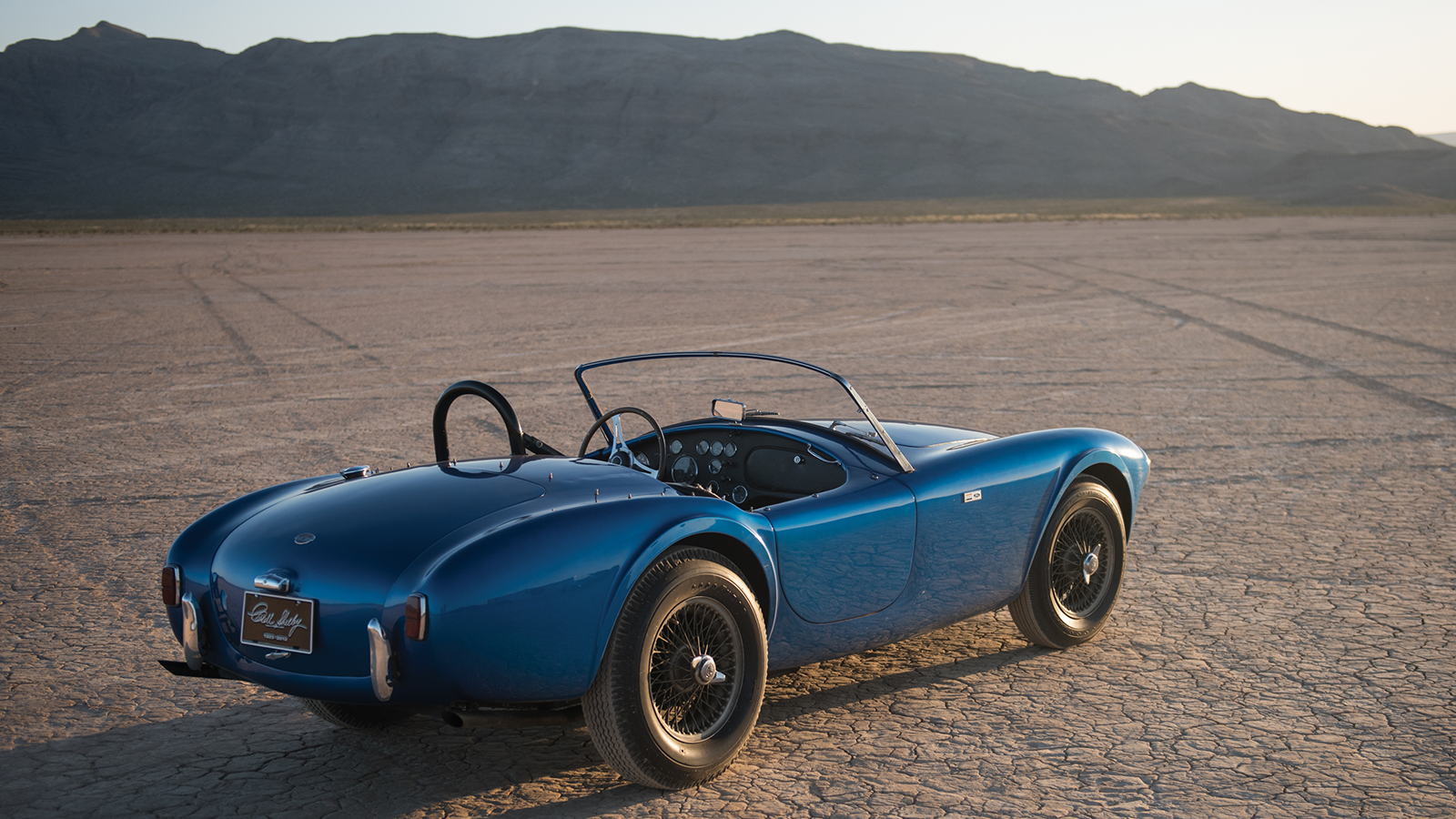 © Darin Schnabel/RM Sotheby’s
© Darin Schnabel/RM Sotheby’s -
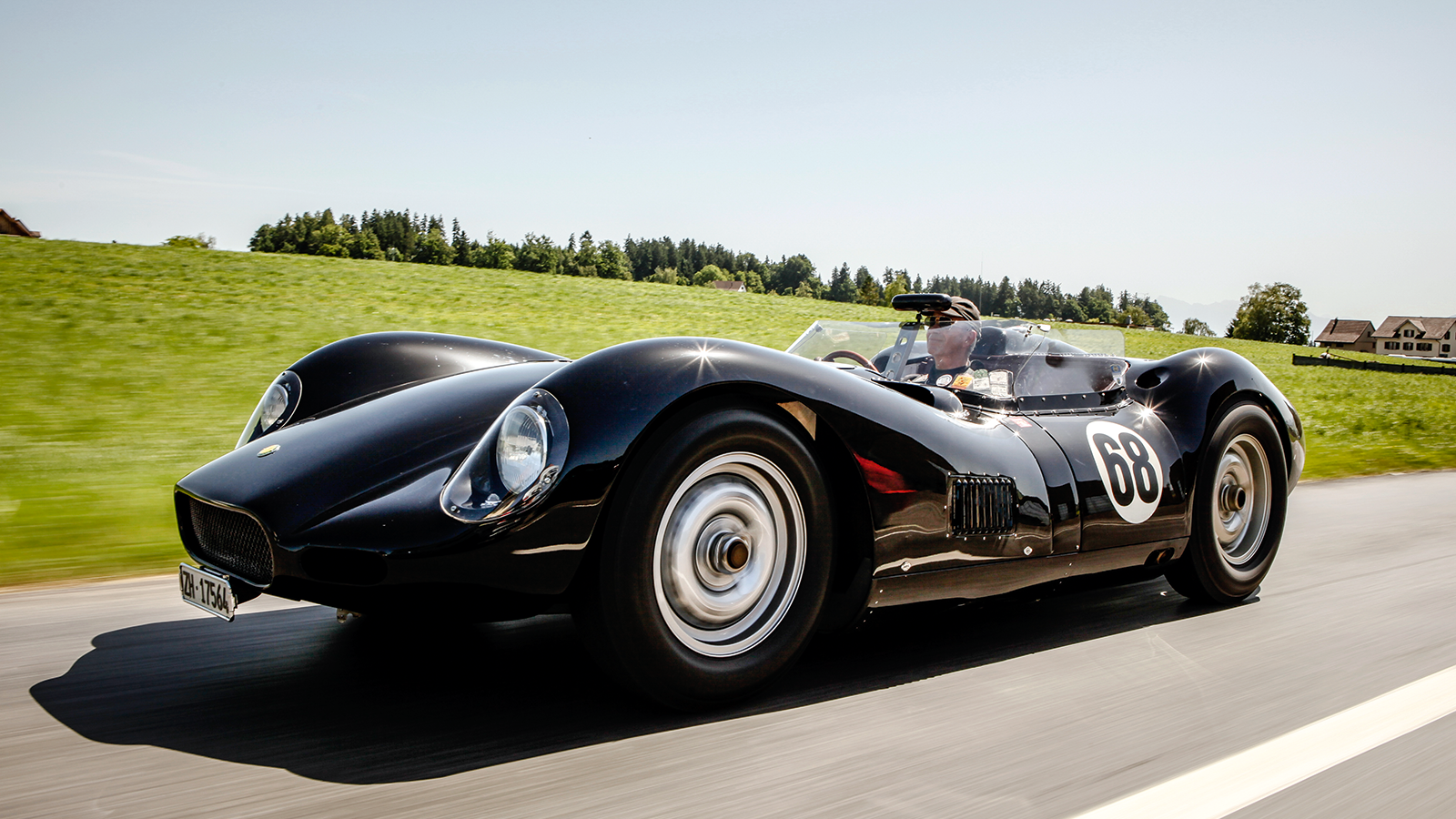 © Tony Baker/Classic & Sports Car
© Tony Baker/Classic & Sports Car -
 © Haymarket Automotive
© Haymarket Automotive
-
Landmark models remade with modern tech
Always wanted a 427 Cobra, D-type or GT40, but can’t afford the real deal? Until recently, the only answer was to buy a replica, and maybe even build it yourself.
But now there’s another solution, in the form of a new breed of ‘continuation classics’. These officially sanctioned, factory-made replicas of rare classic cars are usually safer than the originals and could easily be mistaken for them – though they’re not always that much cheaper.
Read on for our 12 favourites.
-
1. Jaguar E-type lightweight
With competition victory on its mind, Jaguar created a series of ‘lightweight’ E-types in 1963.
The bodies were made from aluminium, as was the block of the 3.8 XK straight-six, which kicked out 300bhp, up from the standard car’s 265bhp.
-
Jaguar E-type lightweight (continued)
Only 12 of the 18 planned lightweights were completed in the 1960s, so in 2014 Jaguar decided to finish the job, using the leftover chassis numbers.
The price of these new, FIA-approved 340bhp resurrections was a cool £1m-plus, making for some seriously expensive copycats, albeit still around one-sixth the price of an original lightweight.
-
2. Jaguar D-type
The E-type was itself partially inspired by the British marque’s late-’50s D-type racer, a three-time Le Mans champion recognisable by the huge stabilising fin mounted vertically behind the driver’s head.
-
Jaguar D-type (cont.)
Jaguar Classic brought the D-type back from the dead in 2018, announcing a new run of 25 cars to take the total number made to a nice round 100.
In exchange for writing a seven-figure cheque, lucky customers can choose whether to have a 1956-style long-nose or ’55-spec short-nose bodywork for their cars.
-
3. Jaguar XKSS
The aforementioned D-type is hugely desirable these days, but that wasn’t always the case.
In the late 1950s, Jaguar had withdrawn from motorsport and a switch in racing regulations to 3-litre engines made the 3.4-litre XK-powered car uncompetitive in private hands.
Jag’s answer was to convert some of the leftover D-type chassis into hardcore road cars, primarily for the US market, where famous owners included Steve McQueen.
-
Jaguar XKSS (cont.)
Tragically, a fire at Jaguar’s Browns Lane factory destroyed nine of the 25 completed XKSS road cars in 1957.
Almost six decades later, Jaguar used the chassis numbers of those barbecued originals to create a series of nine XKSS continuation cars. And very nice they were too.
-
4. Aston Martin DB4GT
Shorter, lighter and faster than the standard DB4, the two-seat GT notched up some key competition successes between 1959 and 1963, including a victory at Silverstone in the hands of Stirling Moss.
Looking for one of the seven cars built in special lightweight trim? You’d probably need to shell out at least £3m.
-
Aston martin DB4GT (cont.)
With prices beyond the reach of most mortals, Aston Martin decided in 2017 to create 25 continuation versions for the far-more-affordable fee of, um, £1.5m.
Fashioned after those seven lightweight original GTs, the new models stayed close the original design, but offered an extra 40bhp, trick rose-jointed suspension for more precise handling and straight-cut gears.
Like many continuation cars, they aren’t legal to use on the road – but then again, it was on the track that the DB4GT excelled anyway.
-
5. Aston Martin DB4GT Zagato
Arguably Aston’s most famous tin-top racer, the stunning Zagato was a DB4GT reclothed in slippery aluminium to a design laid out by Zagato’s 23-year-old Ercole Spada.
Twenty cars were built between 1960-’63, followed by a further four ‘Sanction II’ cars using leftover chassis numbers in 1988, and two ‘Sanction III’ cars in 1992, using spare bodies from the SII project.
-
Aston Martin DB4GT Zagato (cont.)
Aston returned to the DB4 Zagato again last year, offering 19 new cars, each one accompanied by a DBS Superleggera, a modern Zagato-bodied Aston.
The price for the pair was an eye-watering £6m. Well, eye-watering, that is, until you consider that a ‘real’ Zagato will set you back over £10m.
-
6. Aston Martin DB5 ‘Goldfinger’
James Bond’s long on-screen association with Aston began with Goldfinger in 1965, and an innocuous-looking silver DB5 packed with weapons and gadgets including an early navigation system, on-board machine guns and an ejector seat.
One of four cars involved in either filming or promoting Goldfinger and its Thunderball follow-up (and one of only three cars remaining) recently sold in Monterey for £5.2m.
-
Aston Martin DB5 ‘Goldfinger’ (cont.)
Aston announced it would build a run of new Goldfinger-spec DB5s in 2018, but since it’s only making 25, and they cost £2.75m (plus taxes) a throw, you might need to take over the world to get your hands on one.
The coolest bit is that these cars will feature real gadgets, including (fake) guns, a smokescreen generator and oil squirters developed by the man responsible for modern Bond special effects.
-
7. Porsche 911 (993) turbo
Compared to previous turbos, the 993, which arrived in 1995, was refined and safe to drive in all weather conditions thanks to the addition of four-wheel drive.
And with 408bhp from a twin-turbo flat-six, helping it reach 180mph, it was supercar-quick. Today, 993 turbos are highly prized, fetching over £100k – more than they cost when new.
-
Porsche 911 (993) turbo (cont.)
Porsche didn’t exactly put the 993 back into production, as Jag and Aston did with their classics, but it did build one final 993 turbo in 2018 from a spare shell left unused after the original run ended in 1998.
Created to showcase Porsche Classic’s range of 6500 spare parts, ‘Project Gold’ was restored over an 18 month period then auctioned, with the £2.4m raised going to the Ferry Porsche Foundation.
-
8. Blower Bentley
Unless you’re a Premiership footballer, it’s very likely mention of the word Bentley conjures up images of Sir Henry ‘Tim’ Birkin in an original Blower Bentley (as pictured).
W.O Bentley wasn’t a fan of the unreliable supercharged engine, and it was a Speed Six that won Le Mans in 1930. But the Blower remains the icon of the era.
-
Blower Bentley (cont.)
Fast-forward to 2019 and Bentley announced it will spend the next two years building 12 replicas of Birkin’s car – one for each of the races the originals entered.
No price was announced, but if you have to ask, you can’t afford it, and if Bentley hasn’t already asked you if you want one, it’s too late anyway – all 12 are spoken for.
-
9. Alvis pre-war
Once a luxury force to rival Bentley and Bugatti, Alvis sadly disappeared in 1967, swallowed by first Rover and then, inevitably, British Leyland.
But British company Red Triangle bought the assets and rights in 2009, manufacturing new parts to keep existing Alvis cars such as this pre-war 4.3 on the road.
-
Alvis pre-war (cont.)
Next, the reborn Alvis announced it would offer new ‘pre-war’ cars built using the original plans, but with some sophisticated twists aimed at making the cars more usable, and street-legal.
Today, for about £250k, you can order a pre-war-style Alvis in one of three body types, each powered by an Alvis straight-six built to the original design, but fitted with fuel injection.
-
10. Alvis post-war
Car production at Alvis resumed in 1946, initially with warmed-over pre-war designs.
But in 1950 Alvis cooked up a brand new chassis and 3-litre straight-six engine that would see the company through to its demise in 1968.
And with coachbuilt bodies by the likes of Park Ward (pictured) and Graber, they were lovely things, too.
-
Alvis post-war (cont.)
Modern Alvis offers several versions of those 3-litre post-war cars, including a classic Park Ward Drop Dead Coupé (pictured) for an iconic 1950s-’60s Alvis look.
Cooler still are the sportier Graber coupé and cabrios built in the style of the late-’50s originals.
-
11. AC Cobra CSX 2000
CSX 2000 is the holy grail for Cobra fans, which explains why it changed hands for £11.1m in 2016.
This very car was the first ever Shelby Cobra, shipped out to Los Angeles from the UK in 1962 as an AC Ace, minus an engine, then fitted with Ford’s new small-block V8 and promptly sent out to impress the company’s top brass and the press.
It did exactly that, spawning a hugely successful partnership that ultimately peaked with Shelby winning its class in the 1965 World Sportscar Championship.
-
11. AC Cobra CSX 2000 (cont.)
Soon after CSX 2000 found a new home for $13m, AC Heritage announced plans to build nine Cobras to the same specification, including aluminium bodywork, and a 260cu in (4.3-litre V8), for a more palatable £500,000.
-
12. Lister Knobbly
Nicknamed ‘knobbly’ after their distinctly bulbous bodywork, George Lister’s late-’50s racers were built around Jaguar D-type running gear, or later a Corvette V8.
-
Lister Knobbly (cont.)
More than half a century later, the Knobbly was back, available in race or road trim.
Standard 4.2-litre cars started at £225,000, but for those who wanted to play at being Stirling Moss, 10 magnesium-bodied cars were built, each painted the same yellow and green as the car Moss successfully campaigned in 1958.
